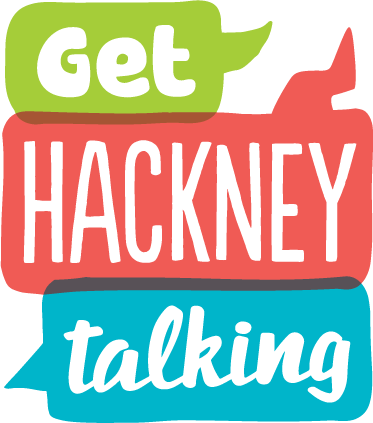When children are having difficulties with words it is often because their internal word store is muddled. They learn each word in isolation rather than connecting it to other words. Usually, you learn a new word by connecting it and grouping it e.g. A “chair” is for sitting on, it’s goes with a table, it’s got legs, it’s part of the category called furniture. Children with language problems need help to make all these connections.
Strategies to help develop your child’s vocabulary
Repetition
– write it down, look at it, talk about it, put it in a song (lots of repetition).
Materials: paper, pen, objects, camera – photograph it!
Make it Visual
– Show pictures, symbols, and examples of real objects. Many children have stronger visual memory and this will also help pupils without any vocabulary difficulties. Also, by using real life displays and objects the vocabulary and concepts become less abstract and hence easier to understand. For example, hold up a hanger when labelling it, cut up a cake to demonstrate division or squeeze a soft sponge to demonstrate ‘absorbent’.
Materials: Symbols, pictures, pen and paper, actual objects.
Assign meaning/Categorise it
– Talk about which category it comes from and other members of this category, mention its different meanings, its function, and synonyms. For example, a scorpion is an insect, and has a strong sting. It is also like a beetle.
Materials: look things up online, draw pictures, talk about things you see when you’re out, make a bookmark with favourite/ interesting/ new words on with matching pictures.
Characteristics
– talk about how it looks, where it’s from, what you use it for, for it smells like and feels like.
Materials: Word webs showing all the different links to other words, make a topic dictionary/ bookmarks, group different objects in your home relating to their characteristics.
Don’t just focus on nouns and labels!
– Many children find concepts and exam words even more difficult to understand and learn as they are abstract and difficult to demonstrate in the ‘here and now.’ Therefore, it’s really important to make sure pupils understand these words as well, such as ‘same/ different’, ‘compare and contrast’, ‘explain’.
Activities to help your child learn and remember new vocabulary
- Feely Bag
Put a few objects in a pillowcase or bag. Take turns getting items out of the “bag”. Say the name as you take each item out. Use the same items for several days. - Simon Says
Give your child simple instructions to follow e.g. touch your nose, touch your feet, jump. Let your child have a turn at telling you what to do.
- Pretend Shopping
Put a few items of food on the table and ask your child to “buy” items for you. - Sorting
Mix together two groups of items e.g. clothes and some food. Ask your child to sort them into two groups naming them as you go. - Lotto games
Play a lotto game. Each time you turn over a card, name it. Encourage your child to do the same. - Treasure hunts
Hide items around the room and ask your child to find them! Name each item as you find it. - Describing words
Choose an easy word and find a picture of it e.g. a train. Put the picture of the train in the centre of the word web framework. Go around each section of the framework and see if your child can answer each question: (You can do this for a variety of words)
The word web framework:
| Object: Train | |
| Category | Transport |
| What do you do with it? | go on it, ride it, drive it, travel in it |
| Who uses it? | Lots of different people |
| Where? | It goes on tracks, lots of different places |
| When? | All the time, mostly in the day |
| What does it go with | Buses, underground tube, cars, bikes, aeroplane, helicopter |
| What can you see? | Colour: whatever colour your picture is. Parts: it’s got wheels, windows, doors etc. Size: big, long,
Shape: rectangle, the wheels are round |
| Do you like it? | Yes/no/ don’t mind it. |


